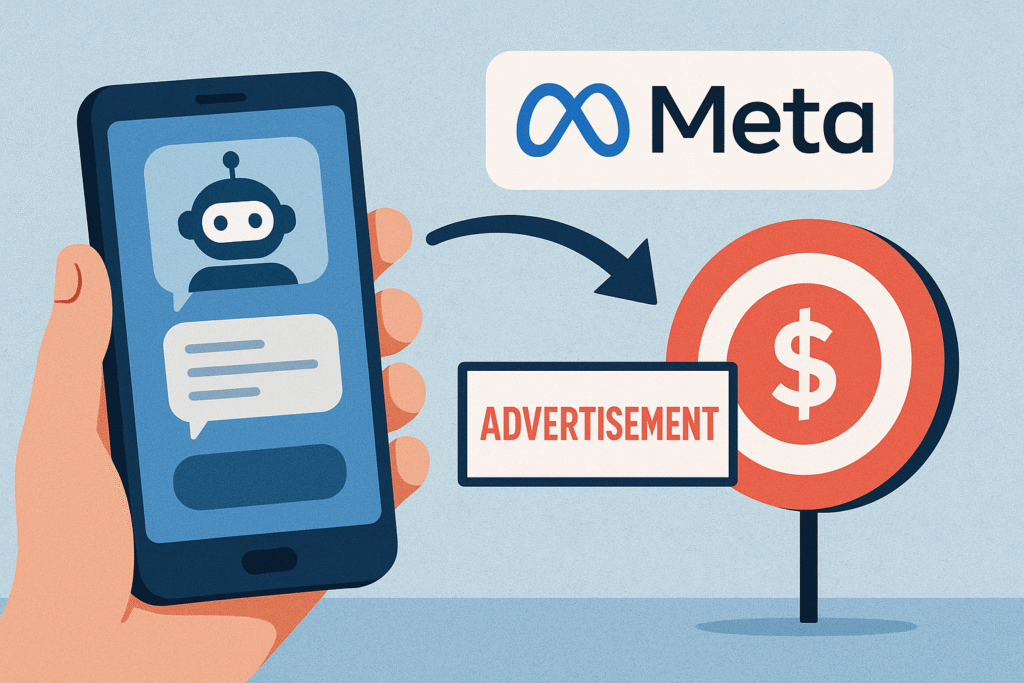- U.S. Businesses and Shoppers Feel the Strain of Tariffs as Foreign Sellers Hike Prices
- Tariffs Hit Home: U.S. Companies and Consumers Face Rising Costs
- Foreign Sellers Push Up Prices, Leaving Americans to Shoulder Tariff Costs
- American Firms and Consumers Pay the Price as Tariffs Drive Global Price Hikes
FRANKFURT/WASHINGTON, Oct 13 (Reuters) – U.S. companies and consumers are bearing the brunt of the country’s new import tariffs, early indications show, contradicting assertions by President Donald Trump and complicating the Federal Reserve’s fight against inflation.
Trump famously predicted that foreign countries would pay the price of his protectionist policies, wagering that exporters would absorb that cost just to keep a foothold in the world’s largest consumer market.

But academic studies, surveys and comments from businesses show that through the first months of Trump’s new trade regime it is U.S. companies that are footing the bill and passing on some of it to the consumer – with more price hikes likely.
“Most of the cost seems to be borne by U.S. firms,” Harvard University professor Alberto Cavallo said in an interview to discuss his findings. “We have seen a gradual pass-through to consumer prices and there’s a clear upward pressure.”
A White House spokesperson said “Americans may face a transition period from tariffs” but the cost would “ultimately be borne by foreign exporters.” Companies were diversifying supply chains and bringing production to the United States, the spokesperson added.

WHO IS EATING THE TARIFFS?
Cavallo and researchers Paola Llamas and Franco Vasquez have been tracking the price of 359,148 goods, from carpets to coffee, at major online and brick-and-mortar retailers in the United States.
They found that imported goods have become 4% more expensive since Trump started imposing tariffs in early March, while the price of domestic products rose by 2%.
The biggest increases for imports were seen in goods that the United States cannot produce domestically, such as coffee, or that come from highly penalised countries, like Turkey.
These price hikes, while material, have been generally far smaller than the tariff rate on the products in question – implying that sellers were absorbing some of the cost as well.
Yet U.S. import prices, which don’t include tariffs, showed foreign exporters have been raising their prices in dollars and passing on to their U.S. buyers part of the greenback’s depreciation against their currencies.







